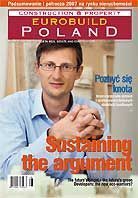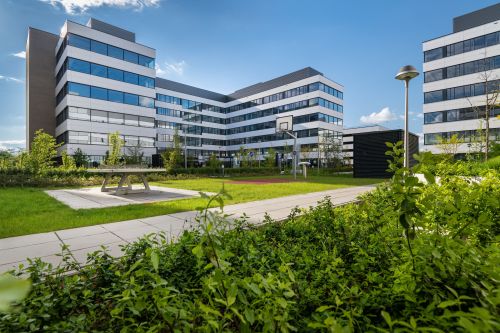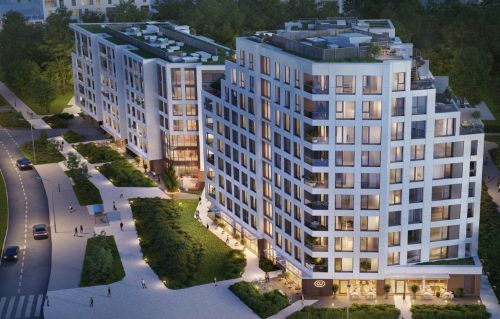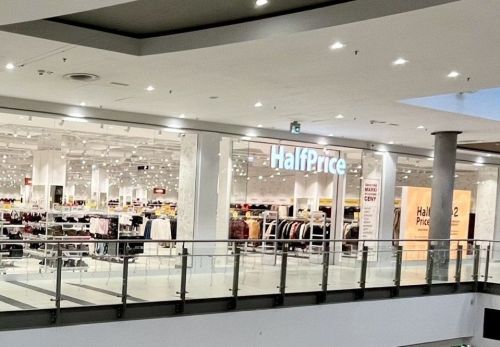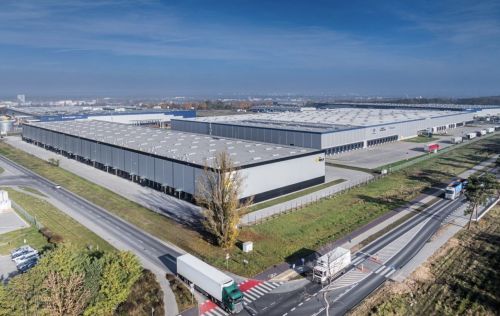Is it a marketing ploy or a real expression of concern for the environment and the welfare of future generations? The concept of sustainable development is still little known in Poland, although it is increasingly popular in the WestThe concept of sustainable development (SD) has yet to take a hold in this country, where knowledge about the subject is still in its infancy. Questions about Polish projects consistent with SD principle tend to be shrugged aside. Plans, plans and plans againThere is certainly no lack of declarations that successive developments will be more pro-ecological, as well as being better integrated with local communities (which is also a determinant of a sustainable project).Stephen Pragnell, a representative of the Polish Council of Shopping Centres and general director of Apsys Polska, says that: “Warsaw’s Arkadia shopping centre is one of the most important and largest shopping projects in Poland containing SD elements. For example, in such elemen























